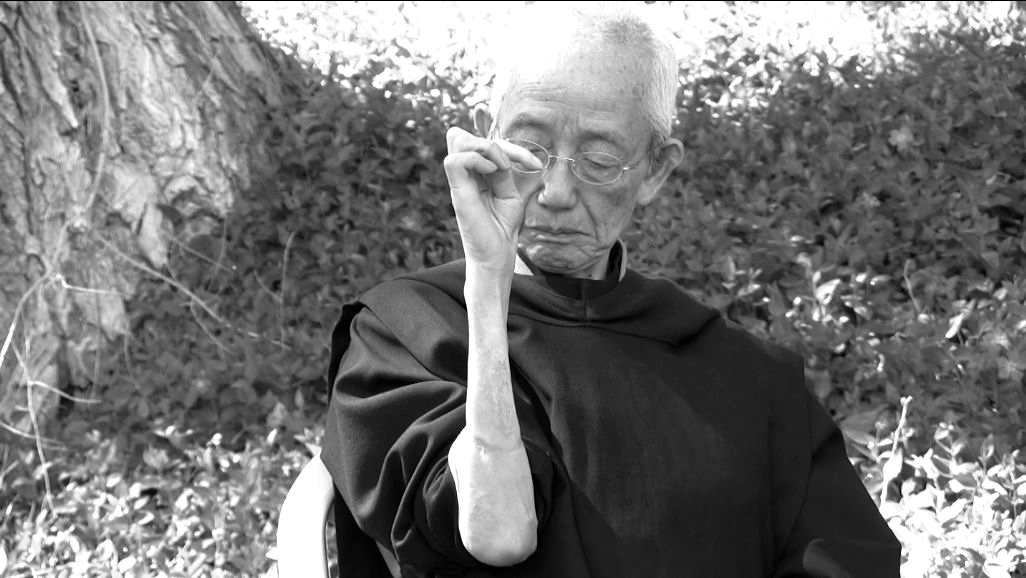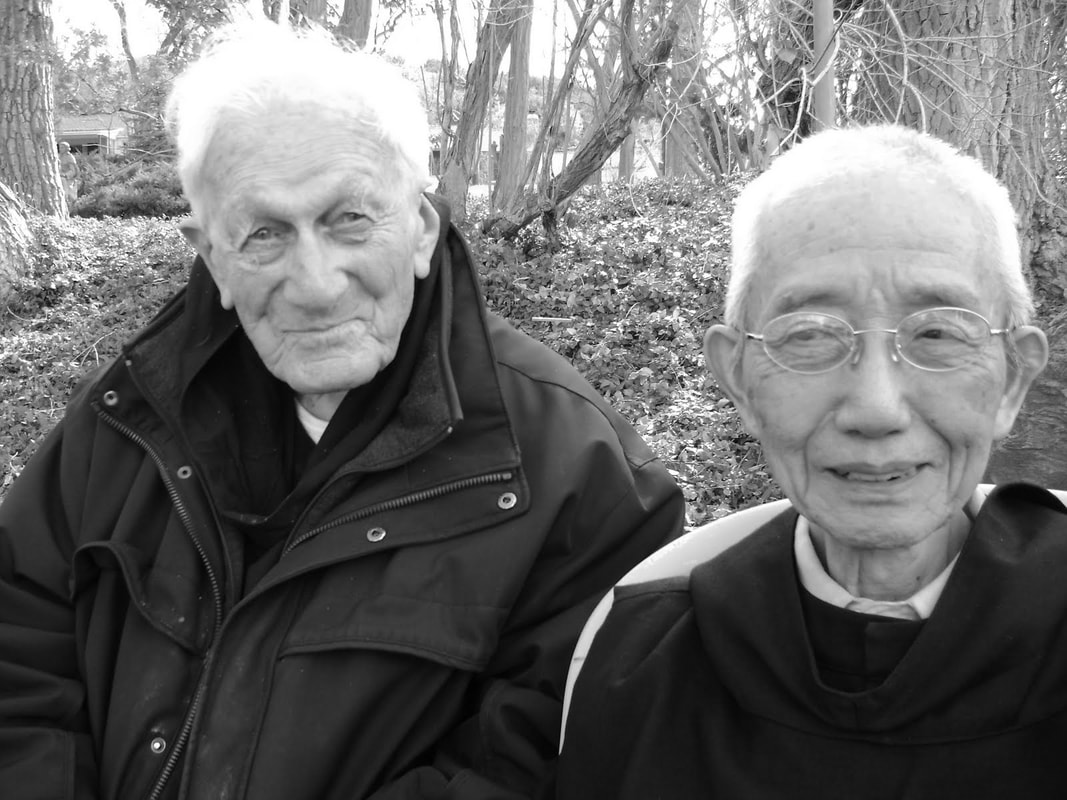|
1/21/2020 0 Comments January 21st, 2020“With God in China: Father Eleutherius and Brother Peter,” Winner of the 2009 Los Angeles Press Club Award, for News Feature. Judges’ comment: “Her gripping account of life for two Catholic priests in China is superb. She calmly explains the constant political upheaval in China, the awful effects of those changes on Winance and Zhou – and their unflinching faith – and, finally, how they emerged later with new lives. It’s a history lesson, a faith lesson and a stark recitation of a dark time in history.” Never give in. Never give in. Never, never, never – in nothing, great or small, large or petty – never give in, except to convictions of honor and good sense. Never yield to force. Never yield to the apparently overwhelming might of the enemy. – Sir Winston Churchill – Brother Peter bares his scars, Valyermo, circa 2009. With God in China |
AuthorTHERESA MARIE MOREAU is an award-winning reporter who covers Catholicism and Communism. Archives
October 2023
Categories |


 RSS Feed
RSS Feed